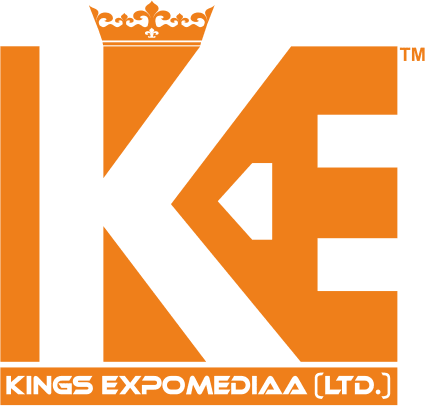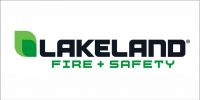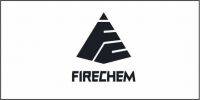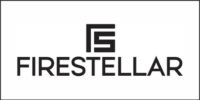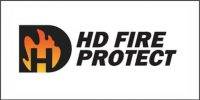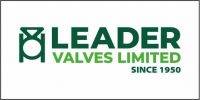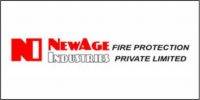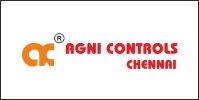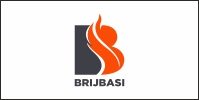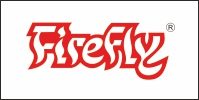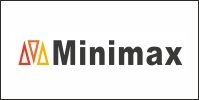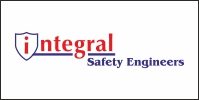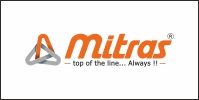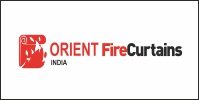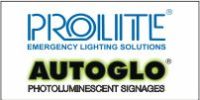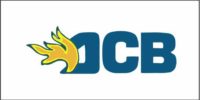 In the dynamic sphere of construction and industrial work, the significance of head protection cannot be understated. With a surge in demand for safety helmets and hard hats over the past five years, contractors are increasingly mandating their usage, reflecting a profound transformation in workplace safety standards. This technical analysis, sponsored by Malta Dynamics, a leading manufacturer of safety products, delves into the evolution of head protection, specifically comparing the features and advantages of safety helmets against traditional hard hats.
In the dynamic sphere of construction and industrial work, the significance of head protection cannot be understated. With a surge in demand for safety helmets and hard hats over the past five years, contractors are increasingly mandating their usage, reflecting a profound transformation in workplace safety standards. This technical analysis, sponsored by Malta Dynamics, a leading manufacturer of safety products, delves into the evolution of head protection, specifically comparing the features and advantages of safety helmets against traditional hard hats.
OSHA’s Endorsement of Safety Helmets
The Occupational Safety and Health Administration (OSHA) has been instrumental in advocating for the adoption of safety helmets over traditional hard hats. Citing statistics from the Bureau of Labor Statistics indicating that head injuries accounted for nearly 6 percent of non-fatal occupational injuries in 2020, OSHA announced a paradigm shift towards modern safety helmets.
This decision stems from the recognition that traditional hard hats, while effective in protecting the top of a worker’s head, lack adequate side impact protection and chin straps, rendering workers vulnerable to secondary impacts.
Key Differences in Classification and Design
 Understanding the classification system, particularly ANSI Z89.1, is pivotal in evaluating head protection gear. Traditional hard hats typically conform to Type 1 specifications, focusing primarily on top impact protection.
Understanding the classification system, particularly ANSI Z89.1, is pivotal in evaluating head protection gear. Traditional hard hats typically conform to Type 1 specifications, focusing primarily on top impact protection.
In contrast, safety helmets, categorized as Type 2, undergo rigorous testing for impacts on all sides, along with chin strap testing, ensuring comprehensive protection. Malta Dynamics contributes to this evolution by manufacturing hard hats with polyethylene and Type 2 helmets with ABS plastic, offering varying levels of protection and functionality.
Advantages of Safety Helmets
Safety helmets offer several advantages over traditional hard hats. The ANSI Z89.1 Type 2 designation ensures superior impact protection, with chin straps preventing the helmet from becoming a projectile in secondary impact events. Moreover, helmets feature a lightweight construction, accommodating additional interior components such as integrated eye protection, face shields, earmuffs, and headlamp keepers, thereby enhancing versatility and customization for users.
Innovation in Hard Hat Design
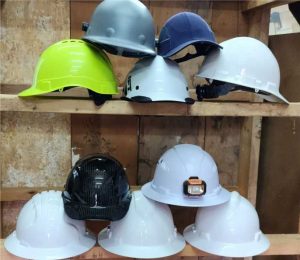 While traditional hard hats have long been synonymous with construction sites, Malta Dynamics introduces significant advancements with the Type 2 Full Brim Hard Hat. Featuring an extended brim, this design provides enhanced shielding against falling debris, rain, and sunlight, addressing the need for sun protection in various work environments. The full brim hard hat combines the familiarity of traditional hard hats with improved impact resistance and expanded coverage.
While traditional hard hats have long been synonymous with construction sites, Malta Dynamics introduces significant advancements with the Type 2 Full Brim Hard Hat. Featuring an extended brim, this design provides enhanced shielding against falling debris, rain, and sunlight, addressing the need for sun protection in various work environments. The full brim hard hat combines the familiarity of traditional hard hats with improved impact resistance and expanded coverage.
Considerations for Decision Making
Decisions regarding head protection should be guided by careful consideration of gear limitations, consultation with safety professionals, and adherence to company or general contractor guidelines.
Many contractors now mandate the use of ANSI Z89.1 Type 2 helmets, emphasizing the paramount importance of worker safety. Factors such as cost, electrical ratings, and sun protection should be weighed against specific needs and expectations to ensure optimal head protection in hazardous work environments.
Conclusion
The evolution of head protection from traditional hard hats to safety helmets signifies a positive shift towards enhanced workplace safety. As the industry continues to prioritize the well-being of workers, informed decisions regarding head protection should be made, taking into account gear specifications, industry regulations, and the paramount goal of ensuring the safety of every worker, every day.
